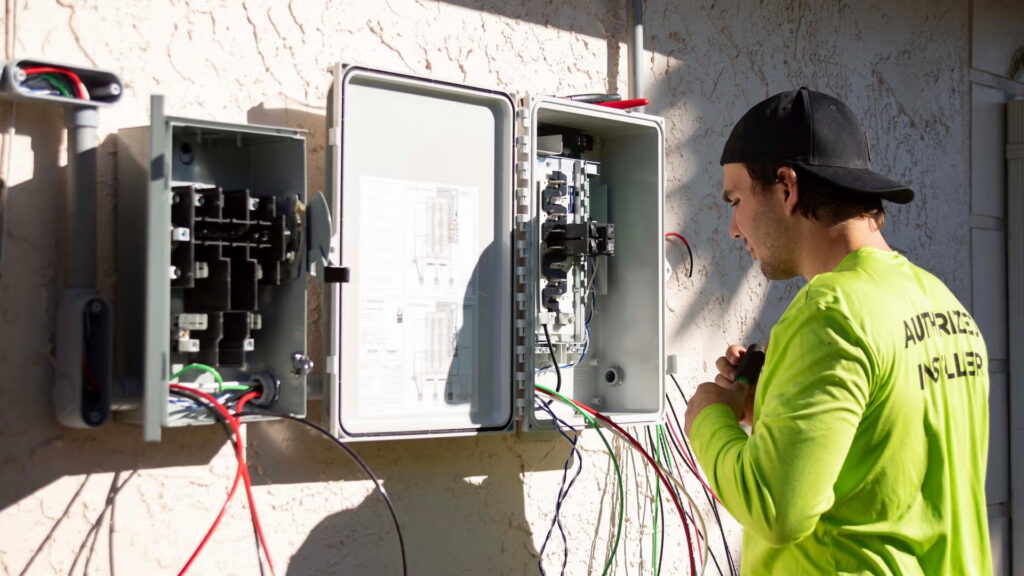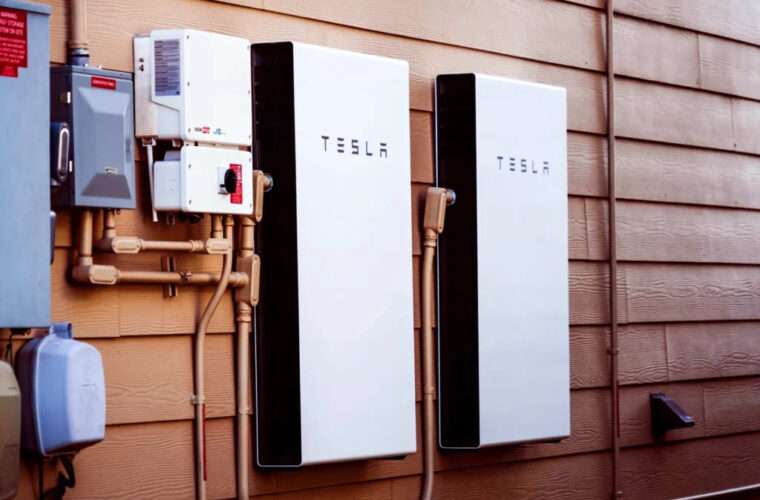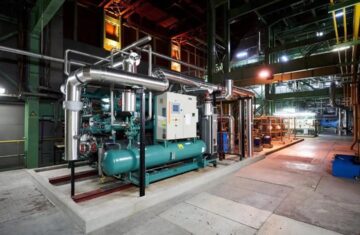Home batteries are poised to play a crucial role in Australia’s energy transition, but their full potential will only be realized when they can collectively contribute power to the grid. This insight comes from the Australian Energy Council (AEC), the peak body representing electricity retailers, which emphasizes the importance of integrating home storage solutions into larger systems.
AEC Chief Executive Louisa Kinnear highlighted that retailers are already tapping into the potential of home batteries through virtual power plants (VPPs). These systems enable the coordination of thousands of batteries to optimize energy use and reduce overall system costs. “Electricity stored during periods of low demand and excess solar energy can be released into the grid when demand peaks, after meeting the needs of individual households,” Kinnear explained.
The value of installing home batteries alongside rooftop solar is significant. The AEC supports the announcement that a re-elected Albanese Labor Government will reduce the cost of new batteries by 30%, further incentivizing their installation. Kinnear noted, “The trick is to maximize that value for both the individual household and the electricity system as a whole.”
Despite the benefits, many households—particularly vulnerable customers and renters—are unable to install solar panels and batteries. Kinnear stressed the importance of encouraging VPP participation to broaden the advantages of energy storage and rooftop solar generation, ultimately reducing costs for all consumers.
Energy storage, along with other Consumer Energy Resources (CER) such as rooftop solar and electric vehicles, has been identified by the market operator as essential for achieving Australia’s energy transition and emissions reduction goals. These technologies are critical for lowering energy costs and supporting a sustainable future.

The Australian Energy Council represents electricity and downstream natural gas businesses operating in competitive wholesale and retail markets. Its members serve approximately 10 million homes and businesses and are significant investors in renewable energy generation. The AEC advocates for net-zero emissions by 2050 and a 55% reduction in emissions by 2035, committed to facilitating the energy transition for the benefit of consumers.
In light of these goals, the AEC has welcomed the release of the Climate Change Authority’s Sector Pathways Review, which underscores the need for a comprehensive, economy-wide effort to achieve Australia’s net-zero ambitions.
Home batteries are integral to Australia’s energy future, offering potential not only for individual households but also for the broader electricity system. By leveraging VPPs and encouraging greater participation in energy storage initiatives, Australia can enhance its renewable energy landscape while making strides toward a sustainable and equitable energy transition.



